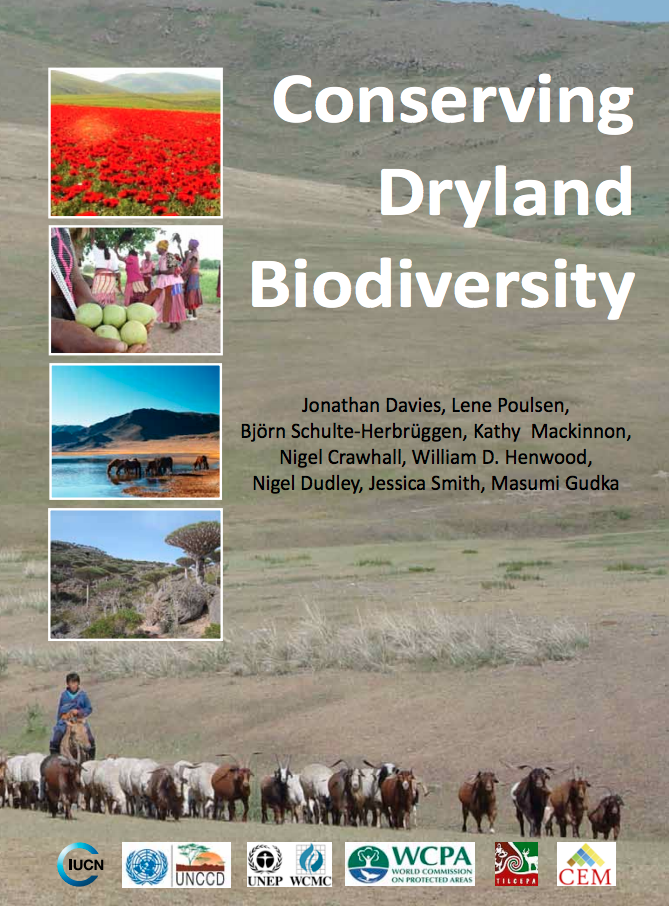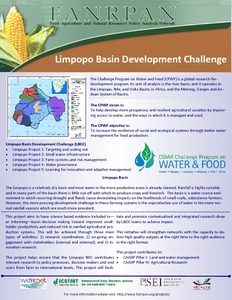Financing Dispossession - China’s Opium Substitution Programme in Northern Burma
Northern Burma’s borderlands have undergone dramatic changes in the last two decades. Three main and
interconnected developments are simultaneously taking place in Shan State and Kachin State: (1) the increase
in opium cultivation in Burma since 2006 after a decade of steady decline; (2) the increase at about the same
time in Chinese agricultural investments in northern Burma under China’s opium substitution programme,
especially in rubber; and (3) the related increase in dispossession of local communities’ land and livelihoods







